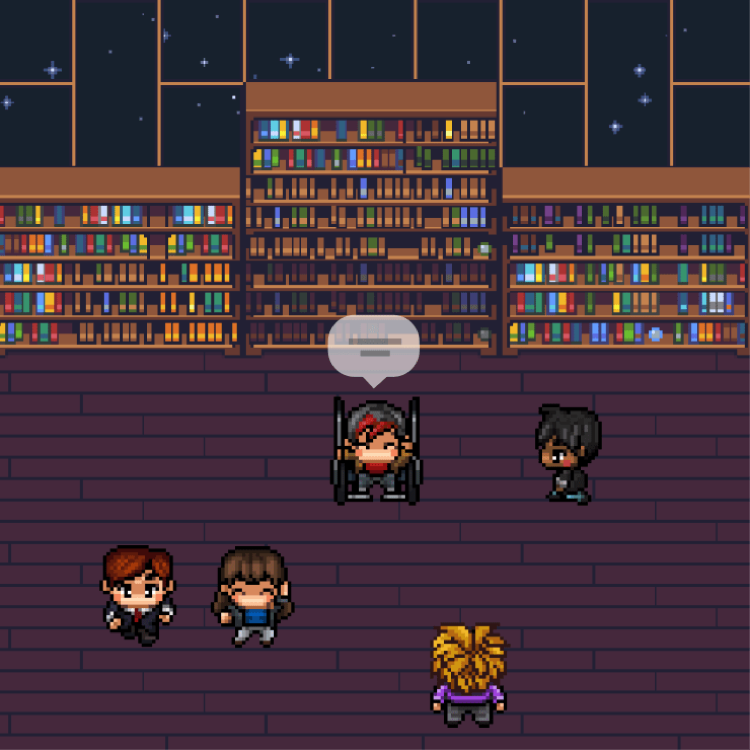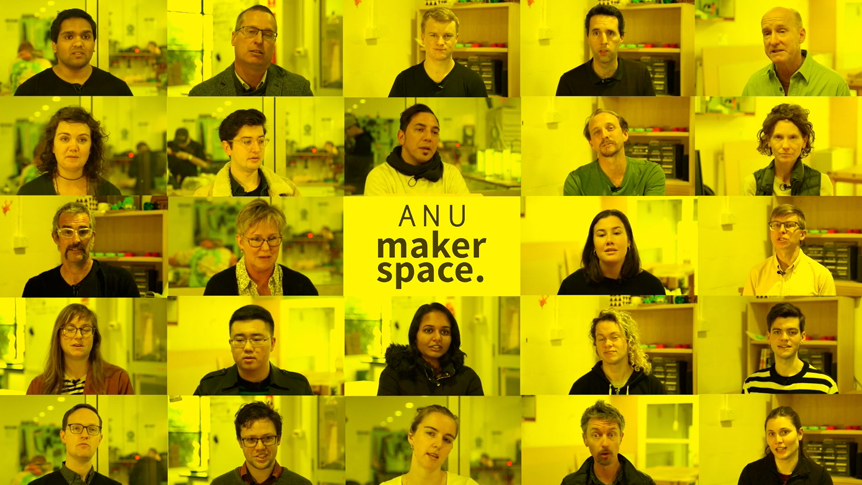Not all learning is formal fun and social environments for informal learning
We know that one of the things students missed during remote learning has been the ability to connect easily with one another. But where do students usually connect and why is it not happening during remote learning? Your students can engage and connect in real time, i.e. ‘synchronously’, in formal learning spaces such as lectures or tutorials where everyone is together either physically on campus, or online on a platform like Zoom. Students can also engage with the class in their own time, i.e. ‘asynchronously’, and they can do the same in informal social spaces. However, for some students, using the same old same old induces fatigue and doesn’t differentiate enough between academic requirement and social engagement. Setting up an informal space for your students that is different to your regular class environment can be a way to address that. Plus, trying and using different spaces can be fun!
Things to consider when setting up an informal space for students:
- Who is the space for? The entire course cohort or subsets of students?
- What is the purpose of the space?
- What are the rules or norms? Make these clear to students before they enter.
If you have attended any conferences during Covid times, you may have missed the informal human networking you usually do at conferences – or you might have used Sococo, Mozilla hubs, or Gather.town to socialise and mix. Some of these platforms have free licenses for a limited number of people and they can introduce a different sense of physicality and gaminess to the environment.
Perhaps in the future, we’ll have a dedicated, fun and informal space at ANU – maybe staffed at times, or maybe using avatars to communicate with students like other universities have done. But until then, let’s have a look at Gather.town as an example of a platform that you can use in your course immediately.
Bruna Contro de Godoy has used Gather.town (Gather) to reduce Zoom fatigue and provide students with autonomy to talk, create and have fun. But before we get into fun ways of using Gather, let’s talk a little bit about what it is and how it works. Gather acts as a virtual space for friends, colleagues and teams to work together in a created environment and socialise with video and/or voice calls. So far, nothing new. But what makes Gather unique is its avatars and space/maps that allows users to virtually meet up and interact.

Some people may ask, “But what is the difference between simply calling someone on Zoom and using Gather?” Well, in times like this, especially during the Covid pandemic, being able to move your avatar almost emulates what in-person conversations feel like, and that is really comforting when we have been away from others for such a long time now.
A good example of how Bruna used Gather for an informal learning space was for students studying English. Students were offered the opportunity to practice their conversation skills in a non-graded, after-hours session. The proposed activity relied on proficient English speakers (guests) placed in different rooms while students interacted with them on a topic of their choosing.
In this experience, both students and guests highlighted the importance of allowing students to express themselves the way they decide to, instead of insisting on student participation in specific ways, such as during Zoom/Teams call where microphones and cameras are expected to be turned on.
In a nutshell: whether you want to engage and motivate your students, innovate, or bring fun, informal learning spaces to life, Gather can be a valuable way to get you started. Gather also allows you to create or create or select your own environment so that you can create different spaces for your students to gather.

If exploring a new social technology feels a little too much right now, you can start creating new spaces in which your students can informally connect by trying some of the ANU-supported tools, such as:
- Moodle Chat – Hold real time online chat conversations.
- Moodle Forum – Allows students to have online discussions with each other.
Zoom’s breakout rooms can also be used to help students get to know each other. Vishesh Agarwal talks below about how he and Stephen Howes enabled informal get togethers with their students using Zoom.
The ANU Students’ Association (ANUSA) is promoting informal connections especially for remote students, and other useful resources on informal spaces using Zoom can be found for example here and here.
Microsoft Teams can be an informal space to help connect students with each other via group and private chats as well as video calls.
References:
The STAC Model: Rethinking the basic functionality of informal learning spaces by Tom Haymes, Ideaspaces.net
Crawford Playbook
Authors:
Bruna Contro de Godoy is an Education Support Officer in the Learning Environments team at the Centre for Learning & Teaching.
Claire Brooks is an Education Designer at the Centre for Learning & Teaching.
Related articles:
Fostering connection at the start of the semester – Tips and tricks from students







